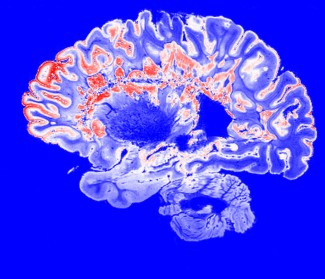Rise in Glutamate Levels Can Be Used to Predict Drug High

A study funded by the National Institute on Drug Abuse (NIDA) explores the action of psychostimulant drugs on glutamate, one of the most abundant neurotransmitters in the human body.
Drugs with a stimulant effect are commonly prescribed to aid attention, energy and mood but will also often be abused "off-prescription" or prescribed medications misused.
Researchers sought to better understand the effects of amphetamine and methamphetamine on glutamate and a range of neurometabolites. Two FDA approved stimulants were selected and administered to participants across three separate test days. Proton magnetic resonance spectroscopy (H-MRS), a non invasive technique to quantify biochemical compounds in the brain was implemented.
The study discovered a increased concentration of glutamate in both male and female participant two and a half hours after administration of the drugs. This effect was more pronounced in female participants.
This is the first time that experimental evidence has shown "specific psychostimulants increase the level of glutamatergic compounds in the human brain". The results indicate that the rise in glutamate can demonstrate the extent and length of the drug "high' and could predict future drug seeking behaviour or urge to redose.
The study was published online in Nature in March 2018 under the Neuropsychopharmacology category.